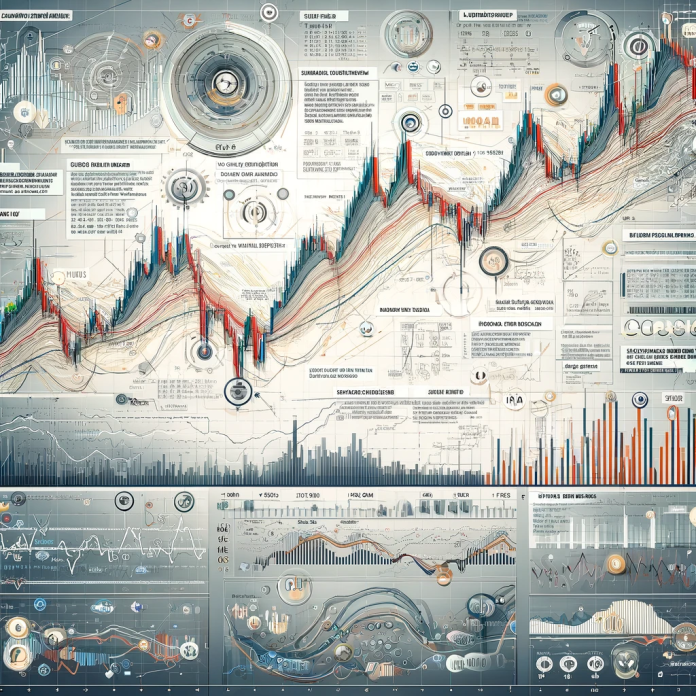Introduction
Forex trading is an exciting and potentially profitable venture, but it requires a solid understanding of market trends and indicators to make informed decisions. In this article, we explore the most popular forex indicators that traders use to analyze market trends and enhance their trading strategies.
Moving Averages
One of the most widely used forex indicators is the moving average (MA). It smooths out price data to create a single flowing line, making it easier to identify the direction of the trend. There are different types of moving averages, including the simple moving average (SMA) and the exponential moving average (EMA). The SMA calculates the average of a selected range of prices, while the EMA gives more weight to recent prices, making it more responsive to new information.
How To Use Moving Averages
Identify Trends: Moving averages help traders identify the overall direction of the market. An upward-sloping MA indicates an uptrend, while a downward-sloping MA signals a downtrend.
Support and Resistance: MAs can act as dynamic support and resistance levels. Prices often bounce off these lines, providing potential entry and exit points.
Crossovers: A popular strategy involves using two moving averages of different periods. When a shorter-term MA crosses above a longer-term MA, it signals a potential buy (bullish crossover). Conversely, when a shorter-term MA crosses below a longer-term MA, it indicates a potential sell (bearish crossover).
Relative Strength Index (RSI)
The Relative Strength Index (RSI) is a momentum oscillator that measures the speed and change of price movements. It ranges from 0 to 100 and helps traders identify overbought or oversold conditions in the market.
How to Use RSI
Overbought and Oversold Levels: An RSI above 70 typically indicates that the market is overbought, suggesting a potential sell opportunity. An RSI below 30 indicates that the market is oversold, suggesting a potential buy opportunity.
Divergences: RSI can also be used to spot divergences, which occur when the price moves in the opposite direction of the RSI. This can signal a potential reversal in the trend.
Moving Average Convergence Divergence (MACD)
The Moving Average Convergence Divergence (MACD) is a trend-following momentum indicator that shows the relationship between two moving averages of a security’s price. The MACD is calculated by subtracting the 26-period EMA from the 12-period EMA. The result is the MACD line. A nine-day EMA of the MACD, called the “signal line,” is then plotted on top of the MACD line, which can function as a trigger for buy and sell signals.
How to Use MACD
Crossovers: When the MACD line crosses above the signal line, it indicates a bullish signal (buy). When it crosses below the signal line, it indicates a bearish signal (sell).
Divergence: MACD can help identify divergences between the MACD and actual price movement, suggesting potential reversals.
Histogram: The histogram represents the difference between the MACD and the signal line. When the histogram is above zero, it indicates positive momentum, while a histogram below zero indicates negative momentum.
Bollinger Bands
Bollinger Bands consist of three lines: A middle line which is a simple moving average, and an upper and lower band which are standard deviations away from the middle line. These bands expand and contract based on market volatility.
How to Use Bollinger Bands
Volatility: The bands widen when the market is volatile and contract when the market is less volatile.
Trading Signals: Prices that move towards the upper band indicate overbought conditions, while prices that move towards the lower band indicate oversold conditions.
Breakouts: A breakout above the upper band or below the lower band can signal a potential strong move in the direction of the breakout.
Conclusion
Using forex indicators effectively can greatly enhance a trader’s ability to make informed decisions and improve their trading outcomes. By understanding and applying moving averages, RSI, MACD, and Bollinger Bands, traders can gain valuable insights into market trends and potential entry and exit points. Always remember, while these indicators are powerful tools, they should be used in conjunction with other forms of analysis and risk management practices to ensure successful trading.
